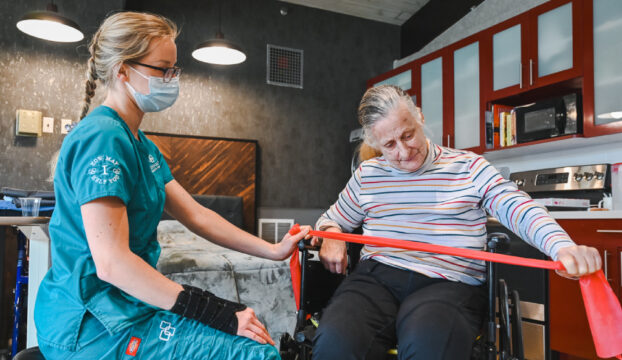Investigating the Effect of Manual Therapy Methods on Alleviating Muscle and Joint Pain and Improving Client Outcomes
Investigating the Effect of Manual Therapy Methods on Alleviating Muscle and Joint Pain and Improving Client Outcomes
Blog Article
Hands-on treatment techniques are hands-on approaches used by healthcare professionals to address musculoskeletal pain. Such techniques include different types of manipulation and movement of the body’s muscles and articulations. The goal of hands-on therapy is to alleviate pain, enhance mobility, and enhance overall performance. Many individuals suffer from musculoskeletal discomfort due to injuries, suboptimal posture, or disorders like arthritis. By using hands-on therapy, therapists aim to address these concerns and help patients recover their quality of living.
One frequent manual therapy technique is spinal manipulation. This method involves applying controlled pressure to the spine to improve alignment and reduce pain. Research has demonstrated that vertebral adjustment can be beneficial in managing lumbar spinal pain and neck pain. Another technique is soft tissue mobilization, which focuses on relieving tension in the muscles and connective structures. This can help reduce stiffness and improve flexibility, making it easier for patients to move without discomfort. Both techniques can be tailored to satisfy the specific needs of each patient, ensuring a personalized approach to treatment.
In addition to pain alleviation, hands-on treatment can improve client results in multiple aspects. For example, it can boost circulation, which helps deliver oxygen and nutrients to the affected areas of the body. Better circulation can also promote recovery and alleviate swelling. Additionally, manual therapy can help patients develop better body awareness, which is crucial for avoiding subsequent trauma. By comprehending how their bodies move, patients can make more informed decisions about their movements and alignment, leading to sustained benefits.
The effectiveness of manual therapy is often backed by client responses. Many individuals report significant improvements in their pain levels and overall function after receiving care. This positive response can lead to greater drive for clients to participate in physical activity and rehabilitation exercises. When clients feel improved, they are much likely to participate in their recovery process, which can additionally improve their results. This collaborative approach between the therapist and the client is essential for attaining lasting results.
In conclusion, hands-on treatment techniques play a vital role in alleviating muscle and joint discomfort and enhancing client outcomes. By using techniques such as vertebral adjustment and soft tissue manipulation, medical providers can help patients recover movement and reduce discomfort. The benefits of hands-on treatment extend beyond instant discomfort relief, as it also promotes recovery and motivates patients to take an proactive see this page role in their rehabilitation. As an increasing number of people seek efficient therapies for musculoskeletal issues, hands-on treatment continues to be an important choice in the realm of healthcare.